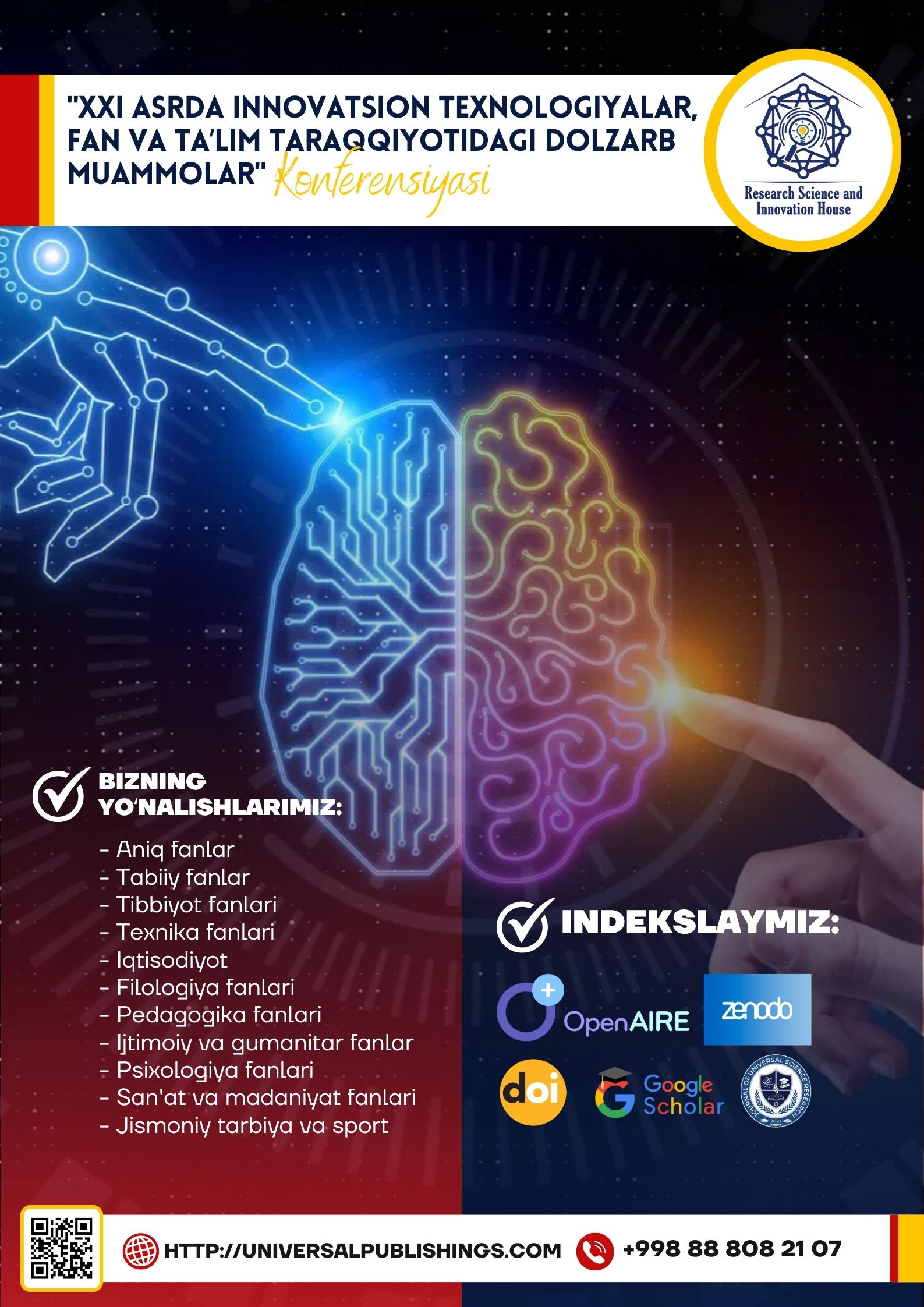Abstract
This article on "Phrase Theory: Phrase Types and Subtypes—Coordinate, Subordinate, and Predicative Phrases" provides a comprehensive overview of key syntactic structures used in sentence construction. It explores three primary types of phrases—coordinate, subordinate, and predicative—detailing their functions, structures, and various subtypes. The article explains how coordinate phrases link equal elements, subordinate phrases introduce dependent information, and predicative phrases describe or qualify the subject. Through clear examples, the text demonstrates how each phrase type operates within a sentence and contributes to meaning. It also highlights the distinctions between these phrase types, offering a thorough understanding of their roles in syntax. This resource is valuable for students of linguistics, language learners, and anyone interested in deepening their understanding of how phrases form the foundation of language structure.
References
1. Carnie, A. (2013). Syntax: A Generative Introduction (3rd ed.). Wiley-Blackwell.
2. Chomsky, N. (1995). The Minimalist Program. MIT Press.
3. Hudson, R. (2000). Essential Introductory Linguistics. Blackwell.
4. Jespersen, O. (1924). The Philosophy of Grammar. Allen & Unwin.
5. Radford, A. (2004). English Syntax: An Introduction. Cambridge University Press.
6. Van Valin, R. D. (2001). An Introduction to Syntax. Cambridge University Press.
7. Williams, E. (2003). Representation Theory. Blackwell Publishing.
8. Teshaboyeva, N., & Mamayoqubova, S. (2020). COMMUNICATIVE APPROACH TO LANGUAGE TEACHING. In МОЛОДОЙ ИССЛЕДОВАТЕЛЬ: ВЫЗОВЫ И ПЕРСПЕКТИВЫ (pp. 409-414).
9. Teshaboyeva, N. (2020). LINGUISTIC PERSONALITY, ITS STRUCTURAL CHARACTERISTICS IN THE NEW PERSPECTIVE DIRECTIONS. In МОЛОДОЙ ИССЛЕДОВАТЕЛЬ: ВЫЗОВЫ И ПЕРСПЕКТИВЫ (pp. 415-420).
10. Teshaboyeva, N. Z. (2019). TEACHING ENGLISH THROUGH LITERATURE INTESL AND TEFL CLASSROOMS. In СОВРЕМЕННЫЕ ТЕХНОЛОГИИ: АКТУАЛЬНЫЕ ВОПРОСЫ, ДОСТИЖЕНИЯ И ИННОВАЦИИ (pp. 82-84).
11. Хидирова, Д., & Тешабоева, Н. (2022). Pedagogical conditions for the development of the healthy thinking in students. Zamonaviy innovatsion tadqiqotlarning dolzarb muammolari va rivojlanish tendensiyalari: yechimlar va istiqbollar, 1(1), 120-122.
12. Gaybullayeva, N. D. K., & Kizi, T. N. Z. (2022). THE ROLE OF INNOVATIVE METHODS FOR LISTENING COMPREHENSION IN TEACHING LANGUAGE LEARNERS FOREIGN LANGUAGES AND MAINLY ENGLISH. Central Asian Research Journal for Interdisciplinary Studies (CARJIS), 2(10), 8-10.
13. Teshaboyeva Nafisa Zubaydulla qizi, Jurayev Muhammadrahim Murod o’g’li, & Mamirova Munisa Rajab qizi. (2021). Language Learning Culturally and the Role of Literature in Teaching Process. Central Asian Journal of Theoretical and Applied Science, 2(3), 1-5. Retrieved from https://www.cajotas.centralasianstudies.org/index.php/CAJOTAS/article/view/84
14. Teshaboyeva, N. (2023). THE IMPORTANCE OF TOURISM IN PRESENT DAY. Журнал иностранных языков и лингвистики, 5(5).
15. Teshaboyeva, N. (2023). THE MODERN INNOVATIVE TECHNOLOGIES IN TEACHING FOREIGN LANGUAGES. Журнал иностранных языков и лингвистики, 5(5).
16. Teshaboyeva, N. Z. (2023, November). Adjective word group and its types. In " Conference on Universal Science Research 2023" (Vol. 1, No. 11, pp. 59-61).
17. Teshaboyeva, N. Z. (2023, November). Modifications of Consonants in Connected speech. In " Conference on Universal Science Research 2023" (Vol. 1, No. 11, pp. 7-9).
18. Teshaboyeva, N., & Rayimberdiyev, S. (2023, May). THE IMPORTANCE OF USING MULTIMEDIA TECHNOLOGY IN TEACHING ENGLISH CLASSES. In Academic International Conference on Multi-Disciplinary Studies and Education (Vol. 1, No. 8, pp. 149-153).
19. Nafisa, T., & Marina, S. (2023). TEACHING AND LEARNING OF ENGLISH VOCABULARY IN TESL AND TEFL CLASSROOMS. International Journal of Contemporary Scientific and Technical Research, 465-469.

